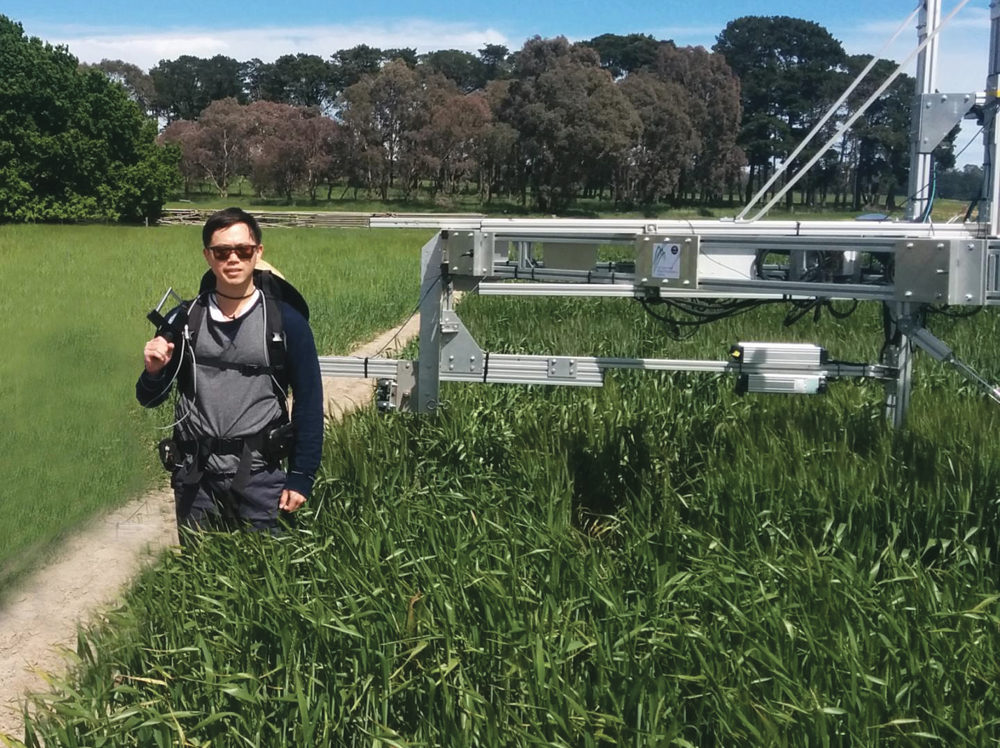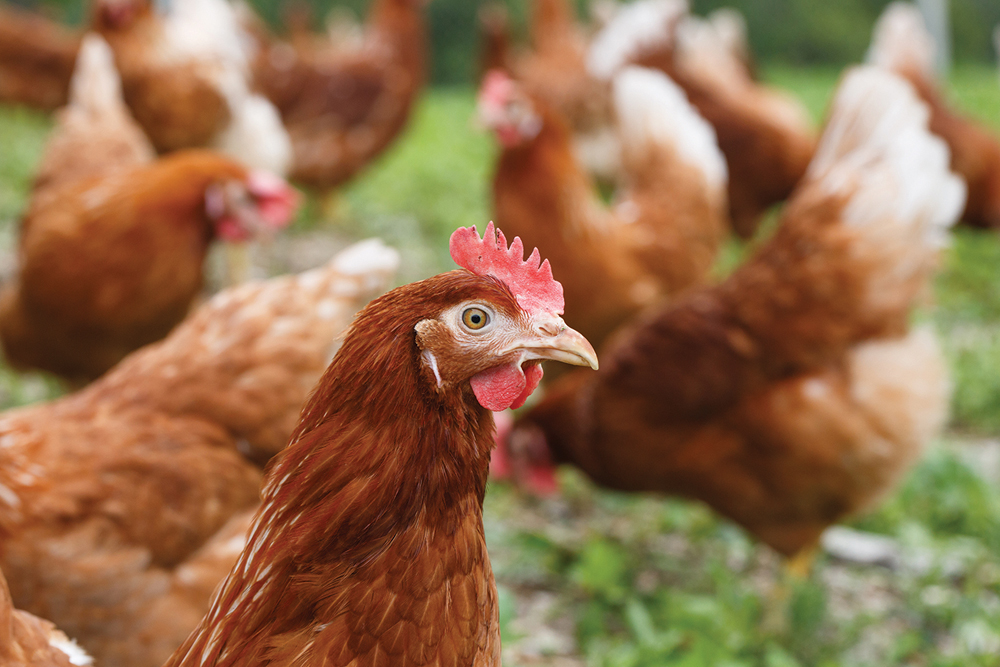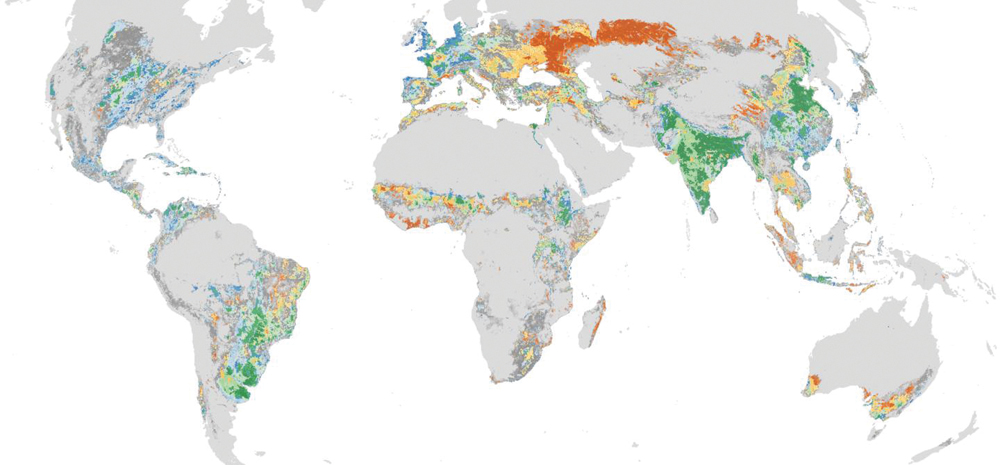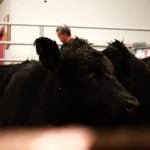In the next two decades, crop yields need to increase dramatically to feed the growing global population. Wouldn’t it be incredibly useful if we had a crystal ball to show us what are the best strategies available to increase crop yields?
A team of scientists have just developed exactly that: a dynamic model that predicts which photosynthetic manipulations to plants will boost the yields of wheat and sorghum crops.
“We have developed a reliable, biologically rigorous prediction tool that can quantify the yield gains associated with manipulating photosynthesis in realistic crop environments,” said Dr. Alex Wu, from the ARC Centre of Excellence for Translational Photosynthesis (CoETP) and the University of Queensland (UQ) in Australia.
Read Also
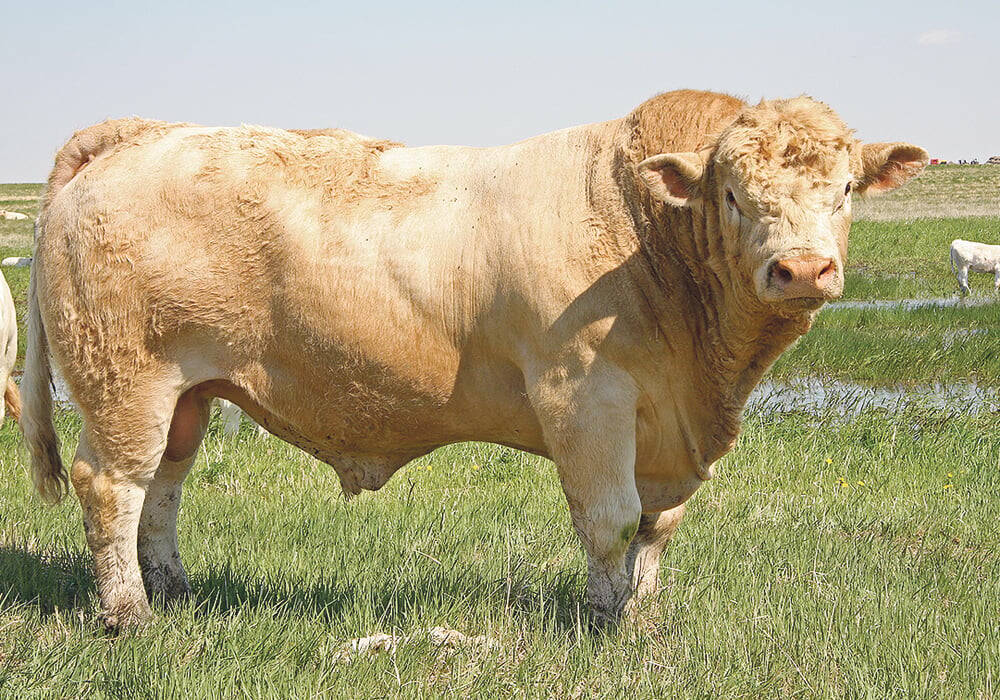
New research sheds light on infertility in bulls
Southern Alberta researchers make ground-breaking discovery in sperm function examining male infertility in bovines
Plants convert sunlight, carbon dioxide and water into food through photosynthesis and several studies have shown that this vital process can be engineered to be more efficient.
“Until now, it has been difficult to assess the impacts of these manipulations on crop yield. This prediction tool will help us to find new ways to improve the yields of food crops around the world.”
Dr. Wu, the lead author of the paper published this week in the journal Nature Plants, said that this modelling tool has the capacity to link across biological scales from biochemistry in the leaf to the whole field crop over a growing season, by integrating photosynthesis and crop models.
“It is a powerful tool to assess and guide photosynthetic manipulations and unravel effects that confound the relationship between photosynthetic efficiency and crop performance,” he said.

